How will the IoT wide area networking technology market evolve over the next five years?
The Internet of Things is weaving a new worldwide web of interconnected objects. At the end of 2020, approximately 2.1 billion devices were connected to wide area networks based on cellular or LPWA technologies. The market is highly diverse and divided into multiple ecosystems. This report will focus on the four most prominent technology ecosystems for wide area IoT networking – the 3GPP ecosystem of cellular technologies, the LPWA technologies LoRa and Sigfox and the 802.15.4 ecosystem.
The 3GPP family of cellular technologies support the largest ecosystem in wide area IoT networking. Berg Insight estimates that the global number of cellular IoT subscribers amounted to 1.7 billion at the end of the year – corresponding to 18.0 percent of all mobile subscribers. Yearly shipments of cellular IoT modules increased by 14.1 percent in 2020 to reach 302.7 million units. While the COVID-19 pandemic affected demand in several major application areas in 2020, the global chip shortage will have a broader impact on the market in 2021.
The cellular IoT technology landscape is in a phase of rapid transformation. Developments in China accelerate a global shift to 4G LTE technologies from 2G that still accounted for a large share of module shipments in 2020. The move from 2G to 4G LTE began in North America with 3G as an intermediate technology. The region has seen a rapid uptake of LTE Cat-1 since 2017 and LTE-M starting in 2018 at the same time as GPRS and CDMA are fading away. Europe remains to a large extent a 2G market, where a majority of operators are planning for 2G network sunsets as late as 2025. NB-IoT module shipments in the region commenced in 2019 though volumes remain small. The lack of pan-European LTE-M coverage has so far limited adoption of the technology in the region on a wider scale. LTE-M network rollouts are however underway in many countries and will drive volumes starting in 2022. China is rapidly moving from GPRS to NB-IoT in the mass-market segment as the country’s largest mobile operator stopped adding new 2G devices to its network in 2020. At the same time, there is a boom in demand for LTE Cat-1 modules based on domestic chipsets. 2020 was also the year when 5G modules started to ship in small volumes with launches of 5G-enabled cars and IoT gateways.
LoRa is gaining momentum as a global connectivity platform for IoT devices. According to Semtech, the installed base of LoRa devices reached 178 million at the beginning of 2021.
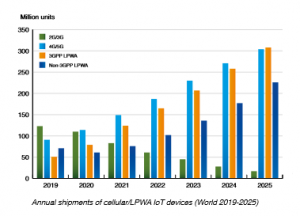
The first major volume application segments are smart gas and water metering, where LoRa’s low power consumption matches the requirements for long-life battery operation. LoRa is also gaining traction for metropolitan and local area IoT deployments for networking smart sensors and tracking devices in cities, industrial plants, commercial buildings and homes. Semtech has stated that it generated in the range of US$ 88 million in revenues from LoRa chips in its financial year ending in January 2021 and expects a 40 percent compound annual growth rate over the next five years. Berg Insight estimates that yearly shipments of LoRa devices were 44.3 million units in 2020. Until 2025, yearly shipments are forecasted to grow at a compound annual growth rate (CAGR) of 32.3 percent to reach 179.8 million units. While China accounted for more than 50 percent of total shipments in 2020, LoRa device shipments in Europe and North America are expected to scale into significant volumes in the coming years as adoption grows in the consumer and enterprise sectors.
Sigfox has very ambitious plans for establishing the technology bearing the company’s name as the leading global platform for ultra-narrow band IoT networks. In order to meet its strategic goals, Sigfox must be able to break into entirely new mass-volume device segments and prove its capability to create value by adding connectivity to things that never communicated before. At the end of 2020, Sigfox reported 17.6 million connected devices. In a positive scenario where early trials ramp up to large-scale commercial deployments, Berg Insight forecasts that shipments of Sigfox devices will grow at a CAGR of 49.2 percent from 2.8 million units in 2020 to 20.7 million units by 2025.
802.15.4 WAN is an established connectivity platform for private wide area wireless mesh networks used for applications such as smart metering. Faced with increasing competition from emerging LPWA standards, 802.15.4 WAN is however only expected to grow at moderate rate in the coming years. Berg Insight forecasts that shipments of 802.15.4 WAN devices will grow at a CAGR of 13.2 percent from 13.5 million units in 2020 to 25.1 million units by 2025. Smart metering is expected to account for the bulk of the demand. Wi-SUN is the leading industry standard for smart electricity metering networks in North America, with adoption also spreading to part of Asia-Pacific and Latin America.
Adipiscing elit, sed do
Lorem ipsum dolor sit amet, consectetur adipiscing elit, sed do eiusmod tempor incididunt ut labore et dolore magna aliqua.
Tempor incididunt ut labore et dolore
Lorem ipsum dolor sit amet, consectetur adipiscing elit, sed do eiusmod tempor incididunt ut labore et dolore magna aliqua.
Related Articles
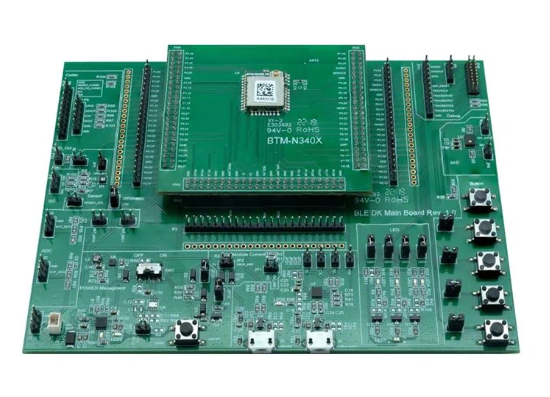
Nordic-powered module provides Bluetooth LE Audio connectivity for headphones, speakers & audio systems
Rayson Technology’s BTM-N340X employs nRF5340 SoC for LE Audio plus advanced metering and home automation applications Wireless communications company Rayson Technology has released a multiprotocol module based on Nordic Semiconductor’s nRF5340 System-on-Chip (SoC)....
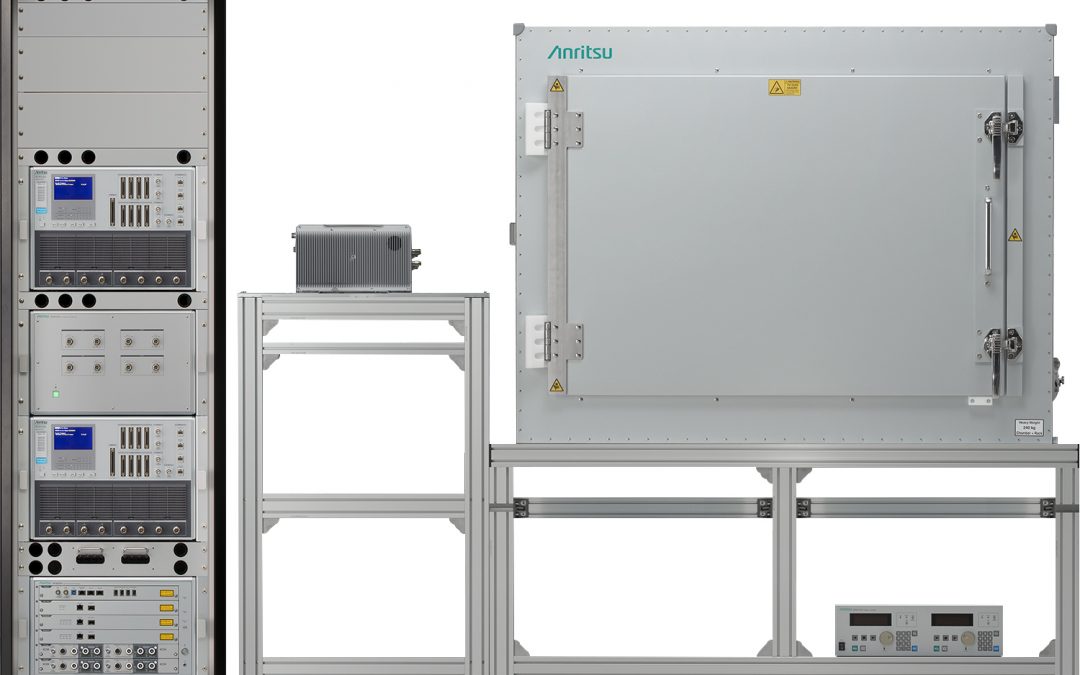
Anritsu, Sony Semiconductor validate industry first Non-Terrestrial Network (NTN) NB-IoT testcase
First NTN NB-IoT Protocol Conformance Tests for have been validated on the 5G NR Mobile Test Device Platform Anritsu Corporation has announced that the first NTN NB-IoT Protocol Conformance Tests for has been validated on the 5G NR Mobile Device Test Platform ME7834NR...
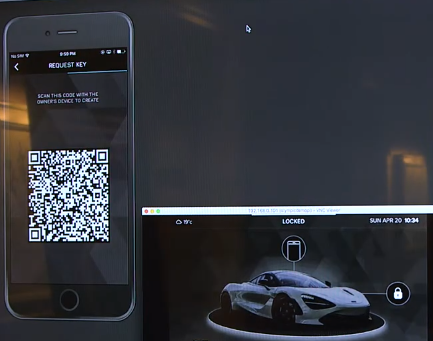
Ellisys Introduces Support for CCC Digital Key Technology
Protocol Updates Aid in Test, Validation, and Debug for Automotive and Consumer Electronics Developers and Test Labs Ellisys, a leading worldwide provider of Bluetooth®, Universal Serial Bus (USB), Ultra-Wideband, and Wi-Fi® protocol test and analysis solutions has...
Stay Up to Date With The Latest News & Updates
Our Sponsors
Incisor.TV partners with leading organisations in the technology sector.
Follow Us
And stay up to date with our news! We are active across the key social media platforms – please do follow us!




0 Comments